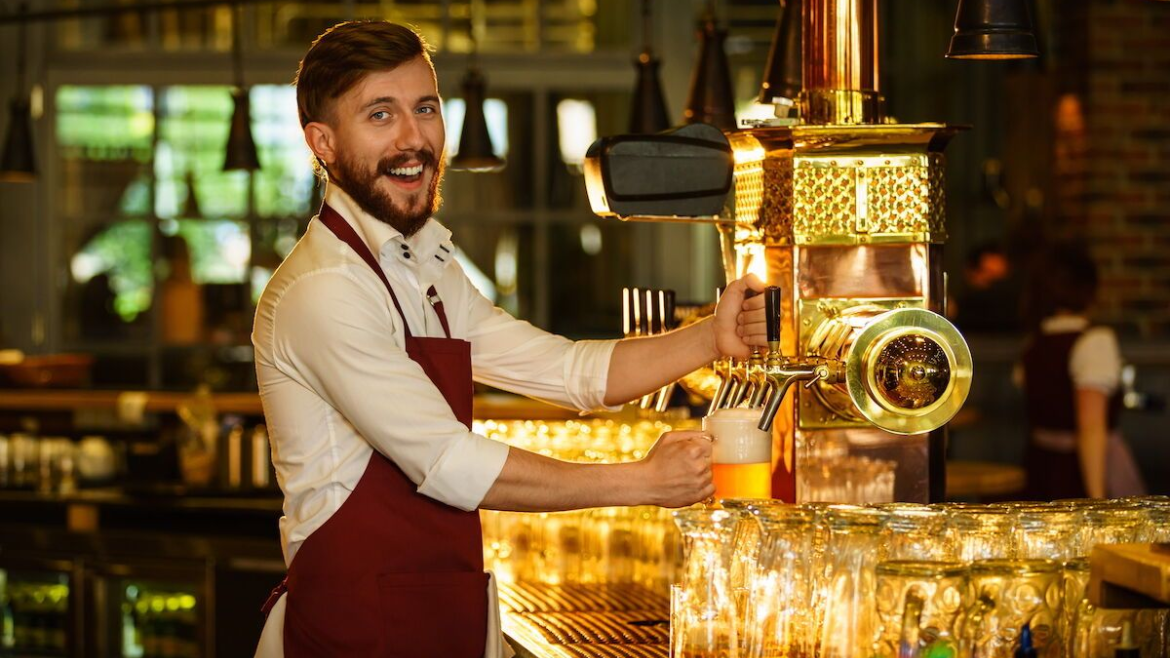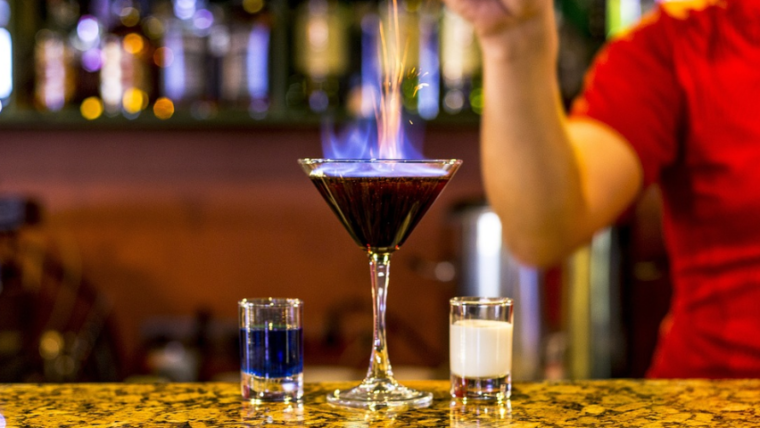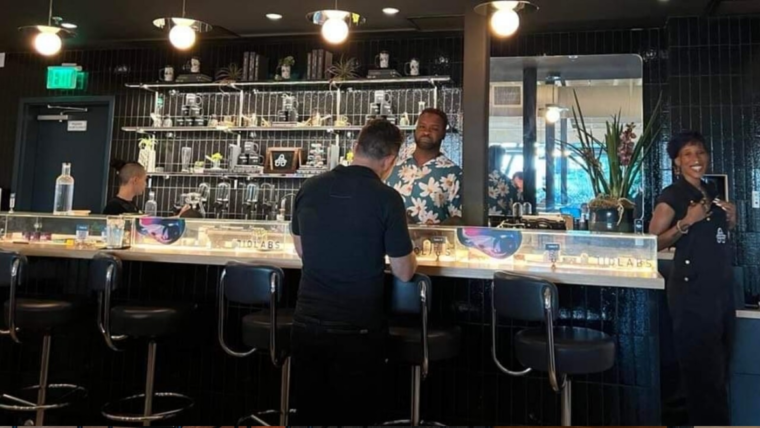Running a successful bar involves more than just mixing great drinks and creating a welcoming atmosphere. To achieve sustained profitability and customer satisfaction, bar owners and managers must master the business side of operations, including inventory management, costing, and menu design. At Classic Mobile Bartenders, we understand the importance of these elements and strive to excel in each area. Here’s a comprehensive guide to help you navigate the complexities of bar management.
Inventory Management
Efficient inventory management is crucial for minimizing waste, optimizing stock levels, and ensuring that you always have the necessary ingredients to meet customer demands.
Key Practices:
- Regular Inventory Audits: Conduct regular inventory checks to monitor stock levels and identify discrepancies. Weekly audits are recommended for most bars.
- Categorize Inventory: Divide inventory into categories (e.g., spirits, mixers, garnishes) for easier tracking and analysis.
- First-In, First-Out (FIFO): Implement the FIFO method to ensure older stock is used before newer stock, reducing waste and spoilage.
- Par Levels: Establish par levels for each item to determine the minimum amount that should be on hand. This helps prevent overstocking and understocking.
- Inventory Software: Utilize inventory management software to automate tracking, generate reports, and streamline the ordering process.
Example Inventory Sheet:
| Item | Current Stock | Par Level | Reorder Amount |
|---|---|---|---|
| Vodka | 10 bottles | 15 | 5 |
| Tonic Water | 20 cases | 25 | 5 |
| Lime Juice | 5 bottles | 10 | 5 |
| Maraschino Cherries | 3 jars | 5 | 2 |
Costing
Accurate costing is essential for setting profitable prices and maintaining financial health. This involves calculating the cost of each drink and ensuring it aligns with your pricing strategy.
Steps to Effective Costing:
- Calculate Cost per Drink: Determine the cost of each ingredient in a drink and sum them up to find the total cost.
- Consider Overhead: Factor in additional costs such as labor, rent, utilities, and supplies.
- Set Pricing Strategy: Decide on a pricing strategy that balances competitiveness with profitability. Common approaches include cost-plus pricing and value-based pricing.
- Monitor Pour Costs: Keep an eye on pour costs (the percentage of revenue that goes to cover the cost of ingredients). Aim for a pour cost of 20-25% for optimal profitability.
Example Costing Calculation:
- Margarita:
- 2 oz Tequila: $1.50
- 1 oz Lime Juice: $0.30
- 1 oz Triple Sec: $0.50
- Total Ingredient Cost: $2.30
- Suggested Price: $10 (yielding a 23% pour cost)
Menu Design
A well-designed menu not only enhances the customer experience but also drives sales and maximizes profits. Effective menu design involves thoughtful organization, appealing descriptions, and strategic placement.
Tips for Designing an Effective Menu:
- Highlight Signature Drinks: Feature your best and most profitable cocktails prominently to attract attention.
- Use Descriptive Language: Create enticing descriptions that highlight the unique aspects of each drink.
- Organize by Category: Group drinks into logical categories (e.g., classics, signature cocktails, seasonal specials) for easy navigation.
- Balance Complexity: Offer a mix of simple and complex drinks to cater to different preferences and operational efficiencies.
- Incorporate Visuals: Use high-quality images and appealing fonts to make the menu visually attractive.
Example Menu Layout:
Classics:
- Old Fashioned: Bourbon, sugar, Angostura bitters, orange twist.
- Martini: Gin or vodka, dry vermouth, lemon twist or olive.
Signature Cocktails:
- Bacon-Washed Old Fashioned: Bacon-washed bourbon, sugar, Angostura bitters, orange twist. $12
- Lavender Gin Sour: Lavender-infused gin, lemon juice, honey syrup, lavender sprig. $11
Seasonal Specials:
- Summer Breeze: Rum, coconut water, pineapple juice, mint. $10
- Winter Warmer: Spiced rum, apple cider, cinnamon, star anise. $11
Conclusion
Mastering inventory management, costing, and menu design is essential for running a successful bar. Efficient inventory practices reduce waste and ensure you have the necessary supplies. Accurate costing helps set profitable prices, and a well-designed menu enhances the customer experience and boosts sales. By focusing on these key areas, you can optimize your bar operations and create a thriving business that delights customers and maximizes profitability. Whether you’re managing a bustling bar or providing mobile bartending services, these strategies will help you achieve your goals and stand out in the competitive world of bartending.



